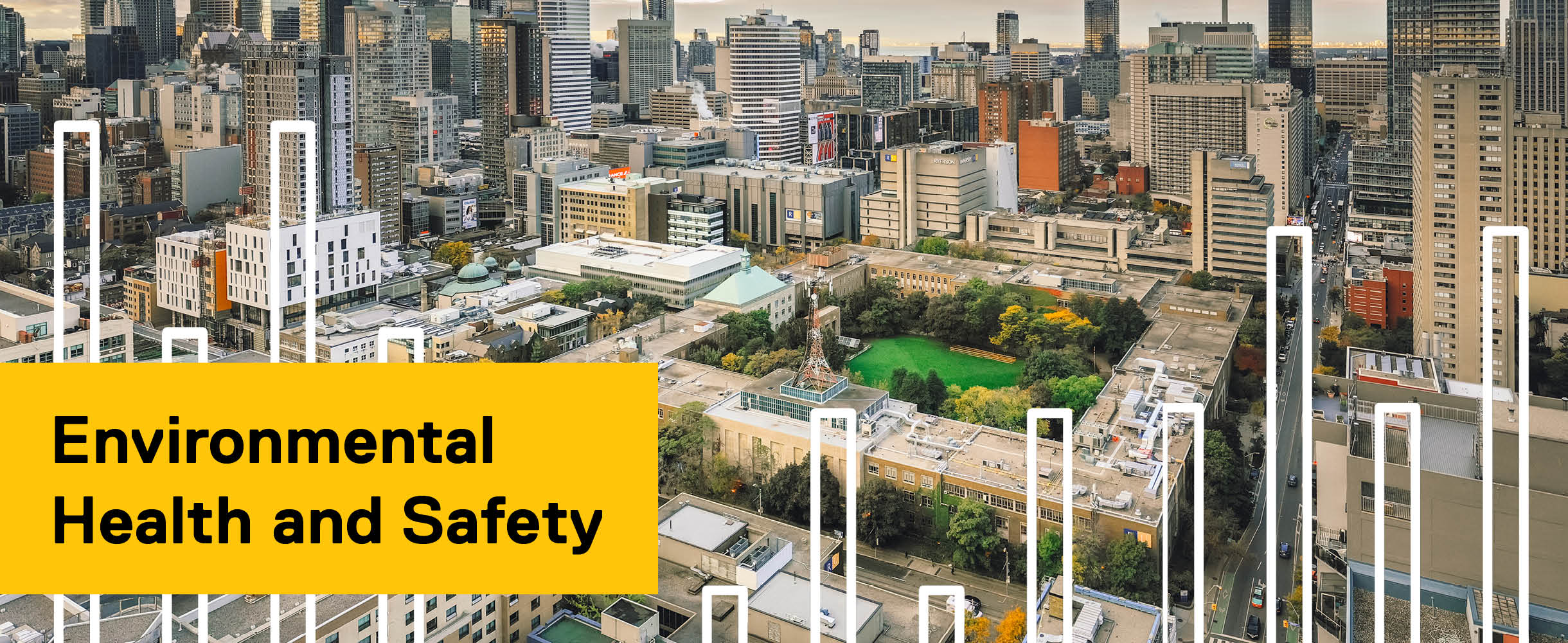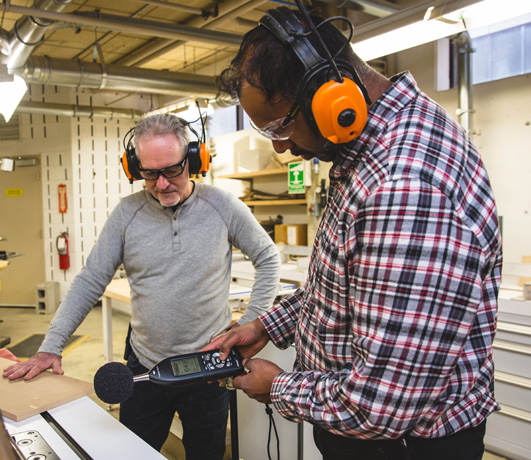Annual Report 2019 - Archive


Executive Summary
Each day, the Toronto Metropolitan University community accesses a variety of spaces across campus. Each space has distinct health and safety needs, as do the thousands of students, faculty and staff who learn and work on campus.
From office spaces to laboratories to workshops and studios, a variety of initiatives driven by Ryerson’s Environmental Health and Safety (EHS) team help to keep faculty, staff and students safe. This work is supported by dozens of Departmental Safety Officers, Fire-Wardens, First-Aiders and Joint Health and Safety Committee members. Along with our leaders, employees, and students, our community continues to build a strong and sustainable culture of safety.
Snapshot of 2019
4,604 students participated in online training.
5,693 employees and students completed mandatory
eLearning courses.
The designated substance assessment found that the current use of designated substances on campus is very low and infrequent.
EHS staff applied 6,314 WHMIS 2015 labels.
EHS staff inventorized
11,732 chemicals.

50 in-class safety-training sessions to over 1700 employees were offered.
Ryerson’s revised animals on campus policy supports the commitment to the accommodation of persons with disabilities.
93% of all Ryerson spaces were assessed. This is approximately 5,100 work areas making up over 3 million square feet of space!
There was a steep reduction in the number of days lost compared to 2018, from 227 to 125. This represents a 45% reduction.
Ryerson’s WSIB performance has a decreasing number of lost-time injuries and days lost.